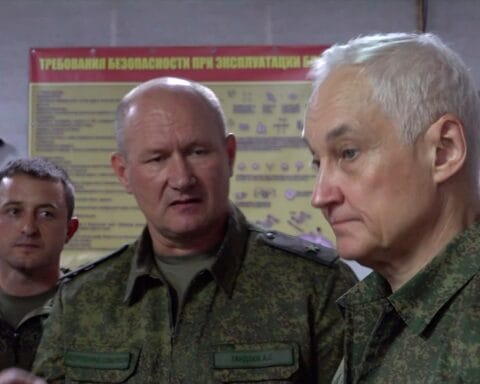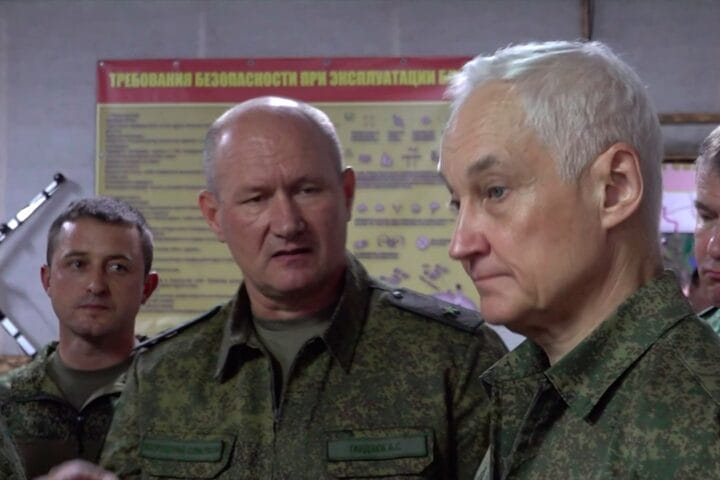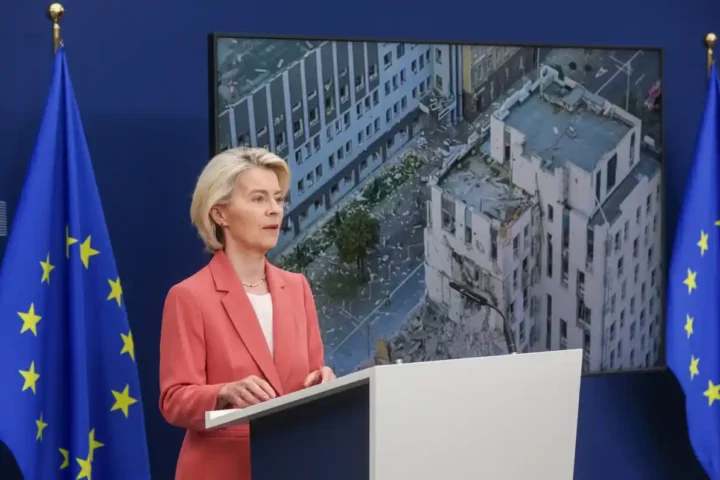Since the onset of Russia’s military intervention in Ukraine, the Kremlin has adopted an extraordinary focus on analyzing the nation’s economic state and devising strategic plans. Central to this strategy has been an effort to mislead the global community about Russia’s true economic conditions and resource capabilities.
Formation of a Strategic Task Force
According to the Telegram channel VChK-OGPU, at the start of the conflict, Russia’s leadership established an informal working group composed of influential and loyal figures such as Maxim Oreshkin, Anton Siluanov, Elvira Nabiullina, Yuri Kovalchuk, and Andrei Kostin. This group was tasked with assessing the economy’s actual state and implementing stabilization measures.
Their primary strategy through 2024 was to economically exhaust Western nations, foment public discontent in those countries, and leverage the situation to secure favorable agreements for Russia.
Controlling the Narrative
To project a facade of economic stability, the Kremlin tightly controlled information for domestic and international audiences. State-run media, public institutions, and curated economic data leaks were instrumental in persuading Western analysts—initially the Biden administration and later Donald Trump’s team—that Russia’s economy was resilient and capable of sustaining prolonged conflict.
However, the reality was starkly different. Economic indicators revealed a GDP contraction of 1-4% and inflation soaring to 25% over the past year. These figures were reportedly obscured, with deficits covered by tapping into the National Wealth Fund, while public data was sanitized to prevent Western intelligence from identifying vulnerabilities.
Manipulating Global Perceptions
As highlighted by the Telegram channel Nezygar, Russia’s strategy relied on “calculated leaks” and analyses from institutions like the World Bank and IMF. Independent analytical materials from emigres such as Dmitry Gudkov, Dmitry Nekrasov, and Yulia Latynina, as well as publications like The Bell, were also utilized to bolster this narrative.
The Kremlin’s long-term approach assumed that the newly elected U.S. president would perceive Russia as capable of sustaining the conflict indefinitely, prompting Washington to seek a swift resolution. Throughout December 2024, covert talks reportedly occurred between Russian officials and Trump’s representatives. However, the U.S.’s terms were deemed unacceptable, particularly by Russia’s pro-China faction, which holds significant influence.
Unrealized Expectations and China’s Pivotal Role
By 2023, cracks began to appear in Moscow’s strategy. It became evident that Beijing, prioritizing its strategic interests, would block any direct agreements between Russia and the U.S. Instead, China exploited the situation economically, acquiring Russian resources at below-cost prices and exporting goods to Russia at steep markups of 200-300%.
Furthermore, Beijing reportedly shared accurate data on Russia’s economic vulnerabilities with the U.S., strengthening Washington’s negotiating position. This led to more stringent terms for Moscow, which the Kremlin found intolerable.
“In China’s geopolitical strategy, Russia is merely a lever to pressure the U.S. and EU, while Beijing avoids direct conflict with the West, securing lucrative deals for itself,” VChK-OGPU noted. “Ultimately, China seeks to strike its own accord with Washington, leaving Russia squeezed from both sides.”
This realization has reportedly forced the Kremlin to acknowledge its diminishing leverage in the geopolitical arena.
A Shift Toward Internal Austerity
In response, Russia’s leadership has tightened domestic restrictions, especially in the financial sector and consumer spending. The current strategy hinges on projecting an ability to sustain the conflict indefinitely, relying on economic and human resources. The Kremlin hopes global dynamics will eventually shift in its favor, opening the door for new agreements.
As the conflict grinds on, Moscow’s reliance on endurance appears increasingly fraught with risk. Both its economic and geopolitical margins for error are narrowing rapidly, casting doubt on the long-term viability of its strategy.


















